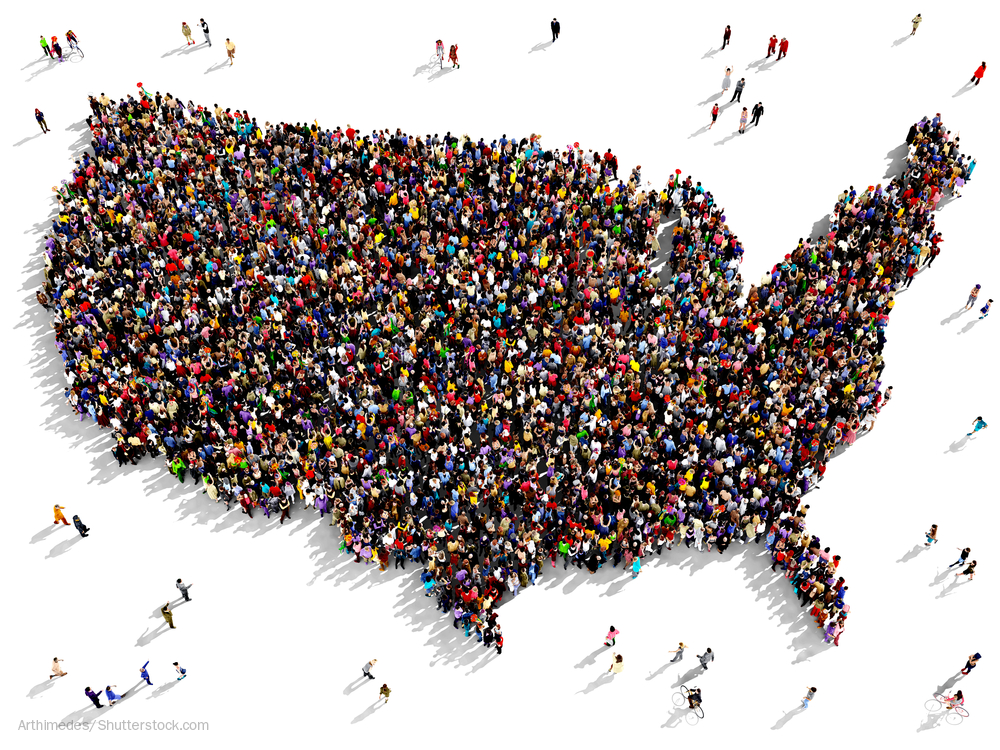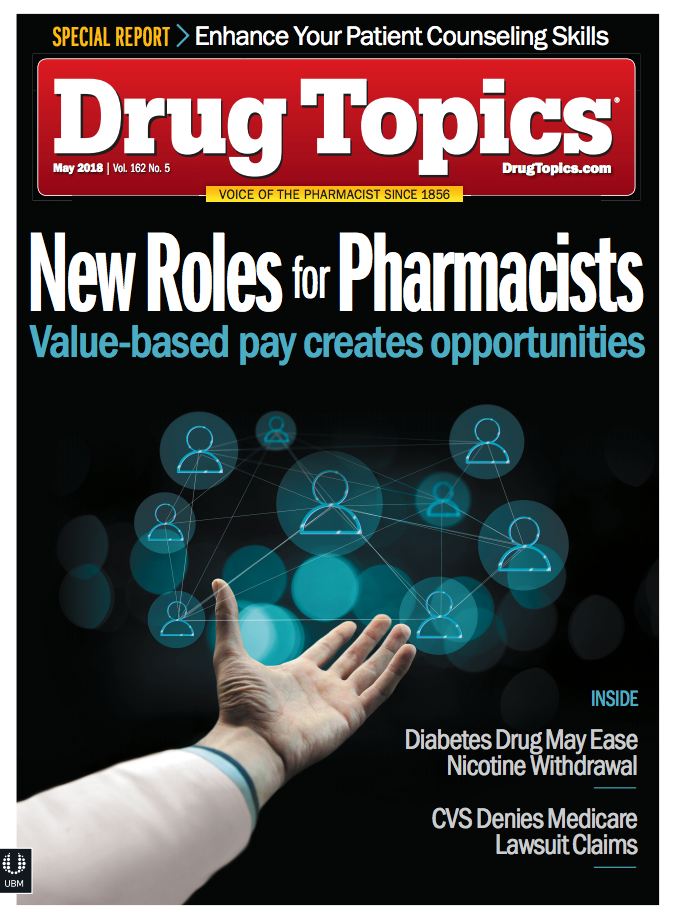Are There Too Many Pharmacists?
It may depend on where you are and where you are in your career.

In 2000, HHS reported that a serious shortage of pharmacists was looming. But for the last few years, there has been talk that there are too many pharmacists for the number of available jobs.
The unweighted Pharmacist Demand Index (PDI), which reports perceptions of the demand for pharmacists, was 3.05 on a 1-to-5 scale, for the first quarter of 2018, the most recent data available. A PDI of 5 means there is a critical demand for pharmacists, while a 3 means that supply and demand are balanced. The population adjusted PDI is 2.98. The PDI is a bit higher in the Midwest and West (2.99 and 3.55, respectively), and a bit lower in the South (2.74).
Related article: Job Market Shifting for Pharmacy School Grads
“My and the AACP’s position is that it doesn’t appear to be [a glut], and I realize that is not the universal position,” says Lucinda Maine, executive vice president and CEO of the American Association of Colleges of Pharmacy (AACP). But regionality, demographics, and economics may play roles in why a perception of too many pharmacists exists, she says.
Some regions of the country have greater need for pharmacists than other parts due to an older population with greater healthcare needs. Rural areas are more likely to have job openings than urban or suburban locales, she added.
In 2000, when HHS issued its report, the economy was booming. Pharmacists could work 20 hours a week and get full benefits from the pharmacy chains, Maine notes. “Clearly, many things have changed since then.”
Though the economy has picked up greatly since the recession hit, the explosive growth seen in the 1990s in pharmacy did not return, Maine says.
“Some would say the economy is sizzling and the stock market is sizzling, but Walgreens isn’t opening a new store every 17 hours anymore,” she points out. Pharmacy chains now grow by buying existing pharmacies rather than opening new ones, which doesn’t add job openings, she notes.
“In 2000-ish, we had a very well defined national shortage, but we were graduating less than 8,000 pharmacists a year at that time,” Maine says. About 15,000 people graduate with a pharmacy degree annually now. “I ask our members pretty consistently, ‘How’s the job market for your graduating class?’ and the job market is by and large absorbing almost a doubling of the graduation cohorts,” she says. “The balance in supply and demand is likely best for the profession and the patients we serve.”
There may be an oversupply of pharmacists, but it might not be across the board for all of pharmacy, says David J. Fong, PharmD, a retail pharmacy consultant. “I think the simple answer is ‘to be determined,’” he says. “It is not clear today whether there is a glut.” Fong is a member of the Editorial Advisory Board of Drug Topics.
Maine notes that future job growth in pharmacy will likely be coming as pharmacists work more collaboratively with other healthcare professionals. “I just see a world of opportunities opening up for the profession. And I think one of the next ones that’s going to happen quickly is the integration of pharmacists into physician group practices.”
Related article: Report: Supply of pharmacists outnumbers jobs
Fong agrees. There are expanding roles with new types of jobs for pharmacists, and there is a need for pharmacists who are qualified for those new roles, he says. “We are trying to bring value to the healthcare supply chain and demonstrate what we do to make a difference.”
But not every pharmacist has pursued advanced qualifications, such as board certification in a specialty or in diabetes education. There is a need for individuals with specfic qualifications, Fong says. Whether there are too many qualified people for such positions is unclear because the roles of pharmacists are continuing to evolve.
